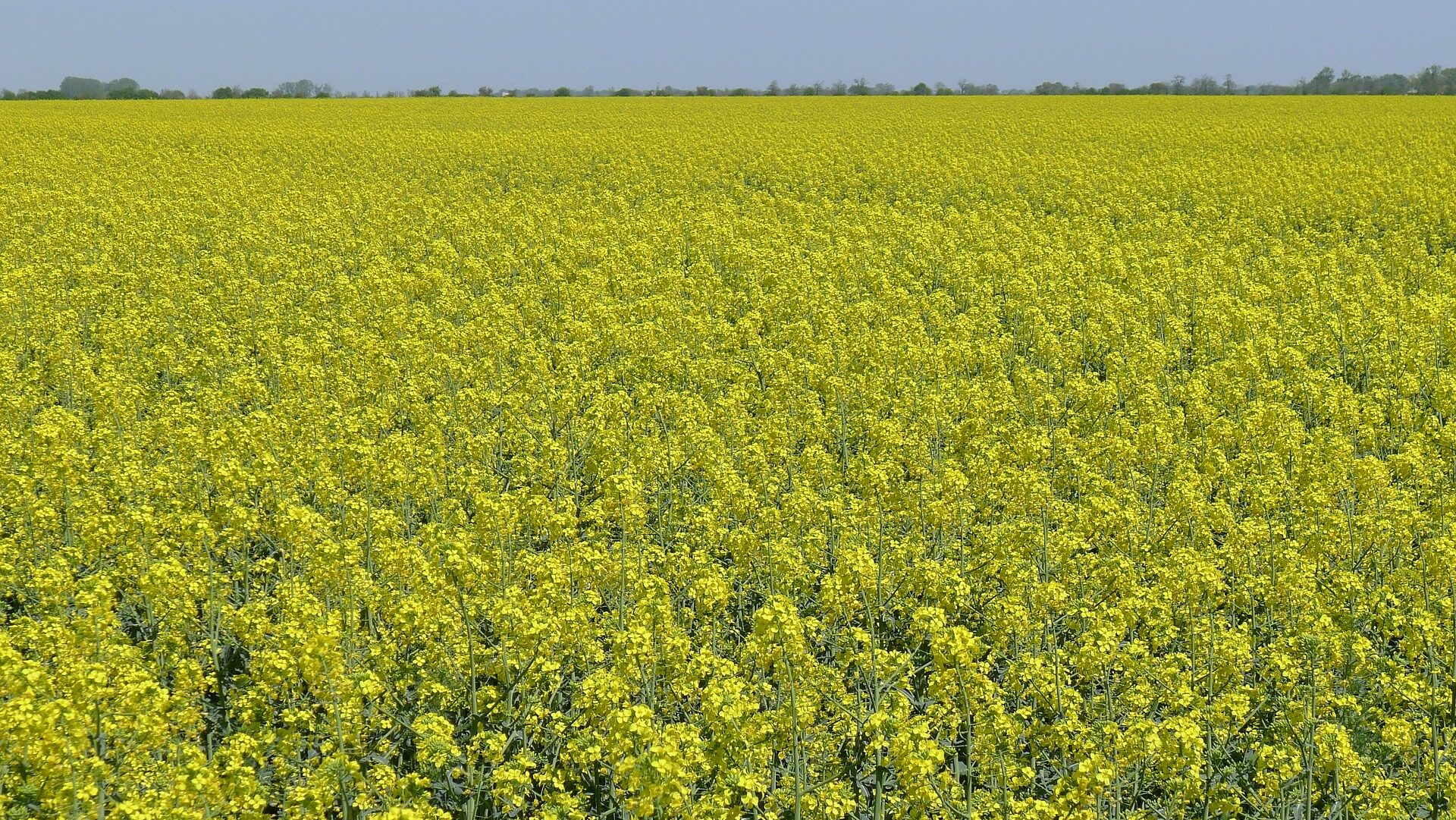Reading Time – 6 Minutes, Difficulty Level – 2/5
Buzzwords like “probiotic” and “microbiome” are now common in any grocery store. Just walk down the dairy aisle and count how many you find. Although we have only recently started to celebrate this feat of nature, humans have used microorganisms in food since before we even understood they were alive.
With the development of modern biotechnology, industrial fermentation has evolved into a streamlined art. This advancement is thanks, in large part, to the microorganisms at work turning raw ingredients into delicious products. In commercial food production three main methods serve as a great introduction to industrial fermentation, each with unique advantages.
Lacto -Fermentation:
A remarkably wide range of cultural cuisines harness the power of lactic acid fermenting bacteria (LAB) because of the safe, economical process and its natural abundance in garden vegetables. When these microorganisms metabolize sugars from fruits and vegetables, they release sour lactic acid and carbon dioxide bubbles as byproducts. Over time, more lactic acid means the solution becomes more acidic—a pH so low that dangerous bacteria like Clostridium botulinum cannot grow.
This is why it is safest to grow the LAB as soon as possible before other bacteria or molds establish substantial growth on the vegetables. Rather than leaving fresh produce on the counter, lacto-fermented pickling relies on two factors to promote the growth of the right kind of bacteria:
- a 2% salt brine solution which creates an environment that is too salty for many common pathogens, while the desired bacteria can withstand it.
- the veggies must be submerged under the brine so there is no oxygen for yeast and mold to feed.
For less salty fermentations or sweet fruits that spoil easier, fermenters sometimes add a splash of starter brine to their jars, boosting the good LAB to take the turf quickly.
Interestingly, a number of fermented vegetable dishes consist primarily of cabbage, such as sauerkraut and kimchi. This is because even more than most fresh produce, cabbage grows a wealth of naturally occurring LAB species which are just waiting to flourish in a pickling jar1.
That said, pickles aren’t the only place you’ll find LAB.
In everything from yoghurt to cheese to sour cream, cultured dairy relies on these bacteria for their characteristic tangy taste. Cheesemakers make sure to heat pasteurize the raw milk to kill most naturally occurring microorganisms that may interfere. They will also add the appropriate starter culture to kick off fermentation. In this case, lactose sugars found in dairy act as the energy source. They are also partially converted into a lactic acid byproduct which produces that cultured flavour and helps to curdle the milk. Additionally, blue cheeses create flashier ecosystems, developing flavour by intentionally introducing strains of Penicillium mold spores2.
Ethanol Yeast
One of the more familiar forms of fermentation, alcohol fermentation is the age-old process of culturing beer, wine, and sourdough bread. Primarily, we have yeast to thank for converting crops into ethanol. The established favourite Saccharomyces cerevisiae strain is the most prevalent and incidentally, the same strain used in baking. Again, these microorganism cultures rely on natural plant sugars to fuel their metabolism. In the case of wine and cider, they find their source in fruit juices. Additionally, the carbonation in a fizzy alcoholic drink comes from the second byproduct: carbon dioxide3.
On the other hand, beer is prepared from wort, a solution of water and sugars from sprouted grains which is created through its own complex journey4. The wort is then combined with hops before beginning the fermentation process. Rather than acting as a food source, hops contain antimicrobial acids that inhibit the growth of microorganisms competing for the same space.
Just like in lacto-fermentation, setting up a perfect environment for microorganisms encourages the growth of all species within those conditions if they are not controlled. In ancient times, natural water sources could be infected with dangerous pathogens unless they were intentionally restricted with antimicrobials or rival microorganisms. For this reason, drinking beer was often safer than drinking water and it was widely consumed before societies had alternative water filtration technology5.
Acetic Acid Fermentation

Fig 1. The cycle of sugar and acid products of kombucha fermentation7
What makes vinegar the classic household staple that has been used for millenniums to add zing to a dish?
Vinegar is in fact a solution of acetic acid which is, once again, a product of bacterial fermentation. Acetic acid bacteria, or AAB, can withstand a much lower pH and are the masterminds behind turning sour wine into vinegar.
In many cases, AAB collaborates with other microorganisms to co-ferment foods6. Humans take advantage of this relationship in kombucha, where sweet tea ferments into a sour, pleasantly alcoholic beverage with the help of a SCOBY (which stands for symbiotic culture of bacteria and yeast!). With access to air on the surface of a ferment, AAB uses the sugar in the tea to create a thin layer of cellulose (fiber). This absorbent layer of fibre then acts as a protective barrier and cushy aquarium for growing yeast and bacteria. As long as sugar is available, they will continue converting it into acetic acid, bubbles, and low concentrations of alcohol7.
In everything from baking to party drinks to charcuterie boards, microorganisms add bubbles and bite to our favourite meals. Without them, it would be impossible to experience the same diverse selection of cheese textures and odours. Instead of packing a fruity punch, alcoholic cider would simply taste like fruit punch. By selecting the ideal strains, humans have learned to harness these single-cell powerhouses to engineer delicious food with factories that are alive.
Sources:
- 1. Steinkraus, K. H. (1992). Lactic Acid Fermentations. In Applications of Biotechnology to Traditional Fermented Foods: Report of an Ad Hoc Panel of the Board on Science and Technology for International Development. National Academy Press.
- 2. Bandler, D. K., & Singh, R. P. (2022, March 8). “Cultured Dairy Foods. Dairy Product. Britannica. Retrieved March 23, 2024, http://www.britannica.com/topic/dairy-product/Cultured-dairy-foods.
- 3. Maicas, S. (2020, July 28). The Role of Yeasts in Fermentation Processes. Microorganisms, 8(8). MDPI. https://doi.org/10.3390/microorganisms8081142.
- 4. Kapral, D. (n.d.). wort. Craft Beer & Brewing. Retrieved March 25, 2024, https://beerandbrewing.com/dictionary/nfffzoYQNF/.
- 5. Raihofer, L., Gastl, M., & Hutzler, M. (2022, November 21). A short history of beer brewing: Alcoholic fermentation and yeast technology over time. EMBO reports, 23(12). https://doi.org/10.15252/embr.202256355.
- 6. Gomez, R. J., Borges, M. d. F., Rosa, M. d. F., Castro-Gómez, R. J. H., & Spinosa, W. A. (2018, January). Acetic Acid Bacteria in the Food Industry: Systematics, Characteristics and Applications. Food Technology and Biotechnology, 56(2), 139-152. https://doi.org/10.17113/ftb.56.02.18.5593.
- 7. Mannaa, M. (2021, November 18). Evolution of Food Fermentation Processes and the Use of Multi-Omics in Deciphering the Roles of the Microbiota. Foods, 10(11). MDPI. https://doi.org/10.3390/foods10112861.









